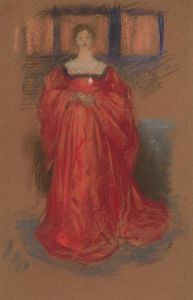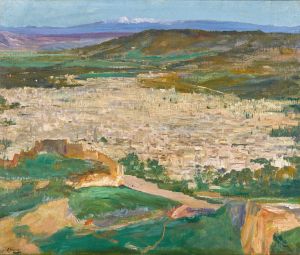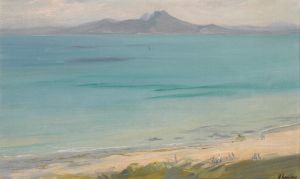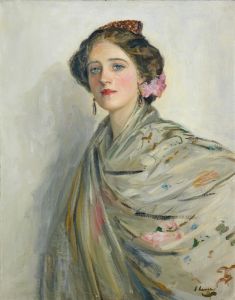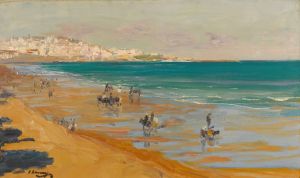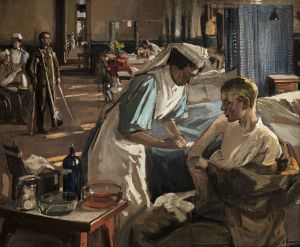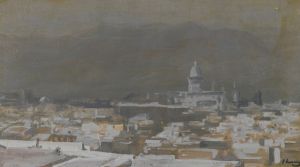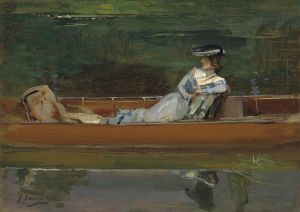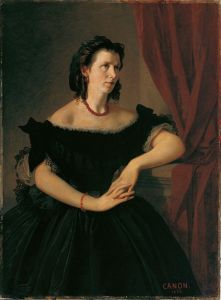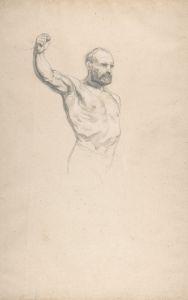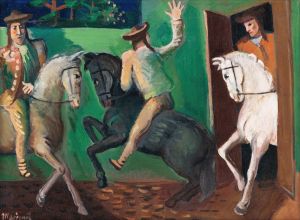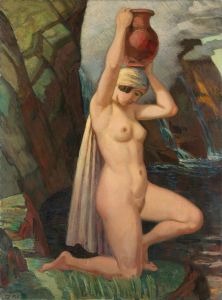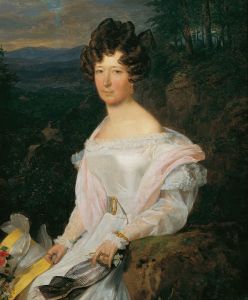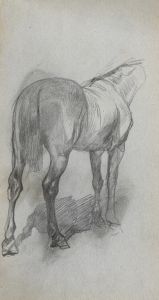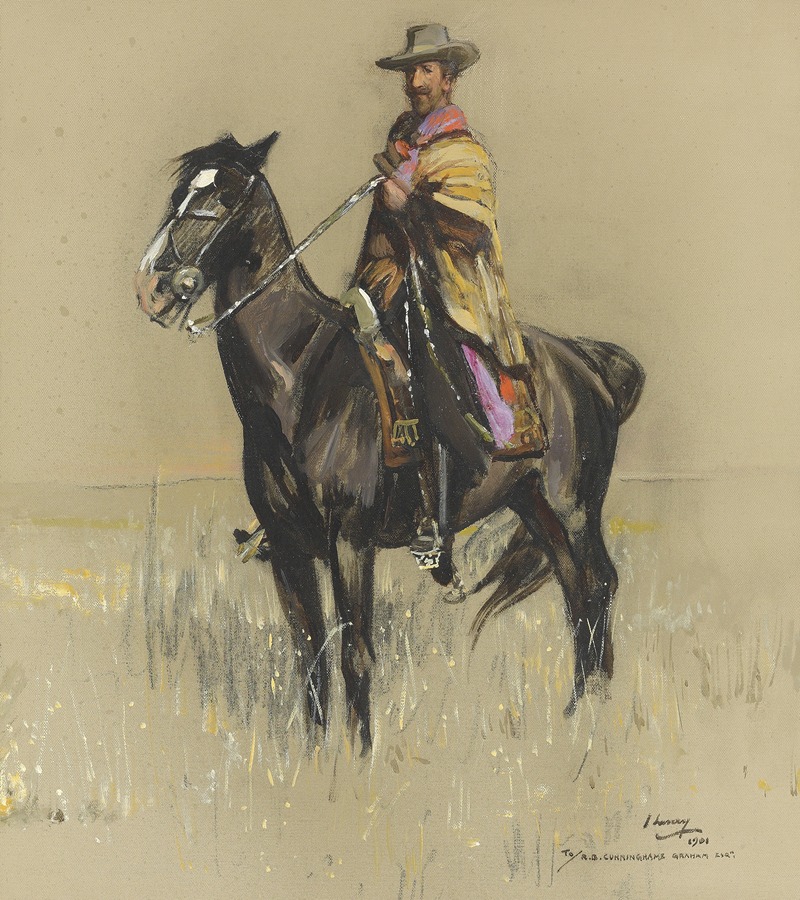
Don Roberto: Robert Bontine Cunninghame Graham on Pampa
A hand-painted replica of Sir John Lavery’s masterpiece Don Roberto: Robert Bontine Cunninghame Graham on Pampa, meticulously crafted by professional artists to capture the true essence of the original. Each piece is created with museum-quality canvas and rare mineral pigments, carefully painted by experienced artists with delicate brushstrokes and rich, layered colors to perfectly recreate the texture of the original artwork. Unlike machine-printed reproductions, this hand-painted version brings the painting to life, infused with the artist’s emotions and skill in every stroke. Whether for personal collection or home decoration, it instantly elevates the artistic atmosphere of any space.
"Don Roberto: Robert Bontine Cunninghame Graham on Pampa" is a painting by the renowned artist Sir John Lavery. This artwork captures the likeness of Robert Bontine Cunninghame Graham, a notable Scottish figure known for his diverse roles as a politician, writer, and adventurer. The painting is a testament to both Lavery's artistic skill and Cunninghame Graham's multifaceted life.
Sir John Lavery (1856–1941) was an Irish-born British painter, celebrated for his portraits and wartime depictions. He was a leading figure in the Glasgow School and gained prominence for his ability to capture the essence of his subjects with a blend of realism and impressionistic flair. Lavery's works often reflect his keen interest in the personalities and events of his time, making him a sought-after portraitist.
Robert Bontine Cunninghame Graham (1852–1936), often referred to as "Don Roberto," was a man of many talents and interests. He was a Scottish aristocrat who ventured into various fields throughout his life. As a politician, he was a pioneering socialist and a founding member of both the Scottish Labour Party and the National Party of Scotland, which later evolved into the Scottish National Party. His political career was marked by his advocacy for social justice and Scottish independence.
Beyond politics, Cunninghame Graham was an accomplished writer and traveler. He authored numerous books and essays, drawing from his extensive travels in South America, North Africa, and Spain. His writings often explored themes of adventure, culture, and social issues, reflecting his deep engagement with the world around him.
The painting "Don Roberto: Robert Bontine Cunninghame Graham on Pampa" is believed to depict Cunninghame Graham during his time in South America. The "Pampa" refers to the vast plains in Argentina, where Cunninghame Graham spent part of his life as a rancher and cowboy. This period of his life greatly influenced his writing and worldview, providing him with firsthand experiences of the challenges and beauty of the region.
Lavery's portrayal of Cunninghame Graham is notable for its attention to detail and the way it captures the subject's adventurous spirit. The painting likely reflects Cunninghame Graham's connection to the land and his embodiment of the romantic ideal of the explorer and frontiersman. Lavery's use of color and composition serves to highlight the subject's character and the expansive landscape that was so integral to his life.
While specific details about the creation and current location of the painting may not be widely documented, it remains an important piece in understanding the intersection of art, politics, and personal narrative in the late 19th and early 20th centuries. The collaboration between Lavery and Cunninghame Graham through this portrait underscores the mutual respect and shared interests between the artist and his subject, both of whom left significant legacies in their respective fields.





